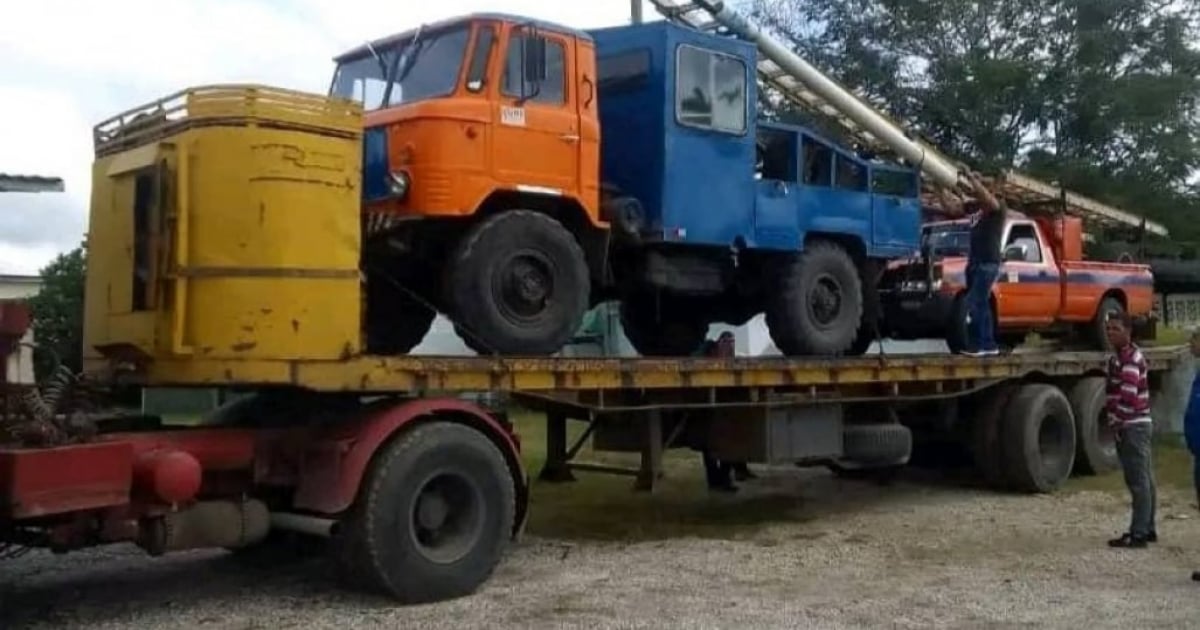In the aftermath of Hurricane Rafael, electrical workers from Las Tunas, Sancti Spíritus, and Ciego de Ávila have embarked on a mission to aid recovery efforts in Havana. The Electrical Union (UNE) disclosed that the leading team from the Vicente García contingent, comprising 14 workers, two service vehicles, a brigade, two technicians, and support staff, will advance as far as conditions allow, pausing until the storm subsides before proceeding westward.
Already in the capital are 52 linemen and approximately 17 vehicles from the Sancti Spíritus Electric Company, ready to assist in repairing the damage. In total, 122 linemen from Sancti Spíritus and Ciego de Ávila are prepared to join the efforts as soon as weather conditions permit. These teams will complement the 291 linemen from the city expected to participate once the extent of the destruction is assessed.
Havana's Preparedness and Initial Impact
The Havana Electric Company has reported having additional resources at their disposal, including 38 pruners, 45 light vehicles, 19 bucket trucks, and 21 trucks and cranes. On Wednesday, around 2:00 pm, Hurricane Rafael's initial impacts began to be felt in the Cuban capital.
By 2:48 pm, even before the storm made landfall in Cuba, the UNE announced that strong winds had caused a disconnection from the National Electrical System (SEN). "Contingency protocols are being applied," stated a brief communiqué shared on social media.
Preventative Measures and System Vulnerability
Earlier, the UNE had informed that a "voluntary disconnection" of power circuits in areas affected by high winds would occur when wind speeds reached 60 km/h, a measure to prevent infrastructure damage and protect lives. Lázaro Guerra Hernández, general director of electricity at the Ministry of Energy and Mines, echoed this precaution. "This is standard procedure during such events to avoid damage to infrastructure and potential harm to people from fallen energized conductors. When winds reach 60 km/h, automatic disconnection of circuits is crucial," he explained.
After the general collapse of the SEN in October, Minister Vicente De La O Levy addressed concerns about the possibility of another widespread failure, assuring that current conditions do not favor a general blackout. However, he acknowledged that "the electrical system remains fragile."
